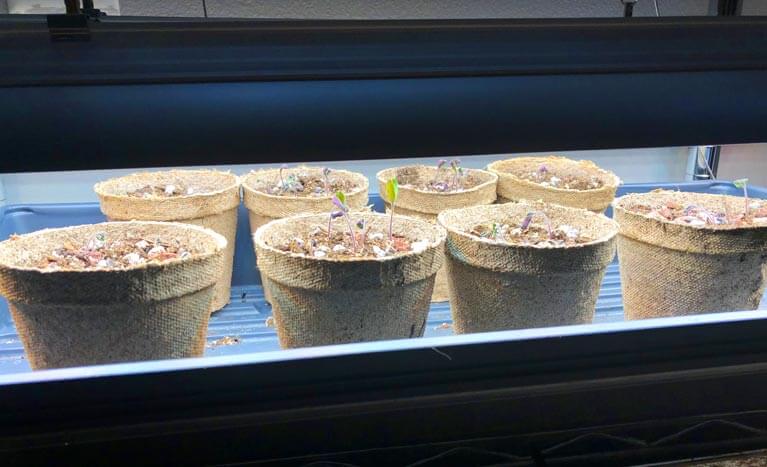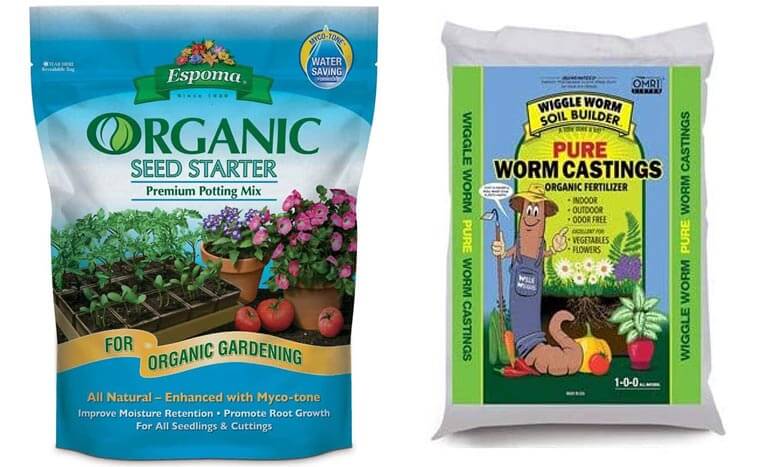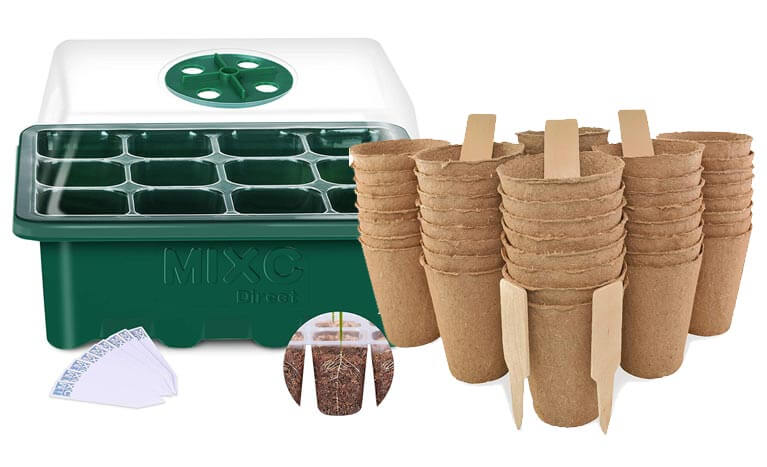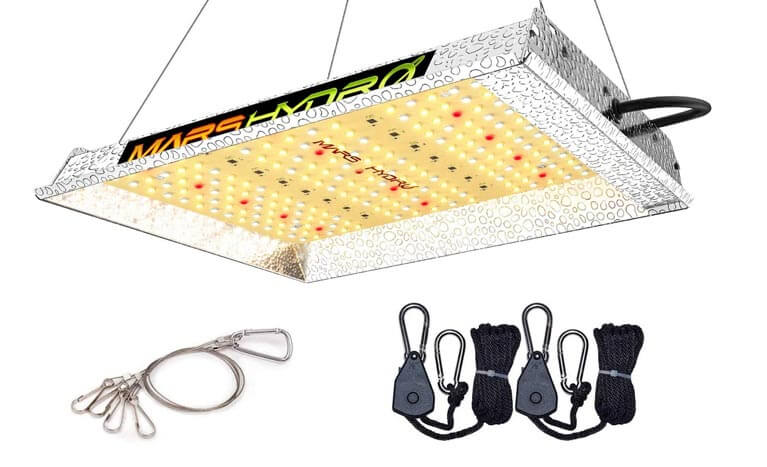Have you ever wanted to grow your own food from seeds, like our ancestors did?
Well, you can! Seed starting is a distinguished homesteading skill, and you don’t need a large chunk of land to learn it.
I started growing plants from seeds while living in the city. I had a raised, 4 foot by 8 foot garden planter I built myself, and I was determined to fill it with tomatoes. I vividly recall how excited I felt gathering the supplies I needed to carefully bring these tiny seeds to life. My enthusiasm turned to dismay two weeks in when my seedlings started keeling over one by one. Devastation crept in as I watched all my babies slowly wither away and die.
I made two fatal seed-starting mistakes: (1) I used year-old potting soil, and (2) I used the wrong type of soil. Ugh. As a rookie gardener, I didn’t realize how critical using NEW seed-starting soil is! Now, I know.
Let me share with you some life-saving tips when it comes to seed starting, so you don’t start out on the wrong foot, as I did.
What is the difference between starting seeds indoors and direct sowing?
Starting seeds indoors allows you to germinate and grow your seedling in a controlled environment. You closely manage the temperature, lighting, and other environmental factors. Conversely, when you direct-sow seeds outdoors, you plant them directly into the ground, where they live out the rest of their life subject to environmental conditions.
Why start seeds indoors?
Starting from seed requires time and attention, but compared to buying them at a nursery, you save money in the long run by starting your own seeds. One tomato plant start at my local nursery costs about as much as 28 tomato seeds! Starting from seed also makes it easier to foster a variety of different plants. Buying plant starts from the nursery limits you to those varieties they offer, but you can try multiple varieties growing them yourself!
Which seeds should I start indoors?
Since they will eventually be transplanted into your garden, the answer depends on your zone, so make note of the zone and micro climate. A long growing window allows more flexibility with directly sowing seeds; a short gardening season constrains you to starting some seeds indoors.
Most root vegetables like carrots need to be directly sown into the ground. Starting them indoors then disturbing them with a transplant can affect their growth, or even kill them.
Brassicas like spinach and lettuce can generally be sown outside because they tolerate cooler temperatures. Check the instructions on your seed packets for more information.
When do I start seeds indoors?
This depends on your last frost date in spring and your first frost date in fall. Use these to calculate planting dates. For example, start tomatoes 2 to 10 weeks before your last average frost date. In a cold climate, count back 8 to 10 weeks. For your specific microclimate, ask the gardeners at your local nursery. They can answer your specific seed starting questions. Join local gardening groups and clubs!
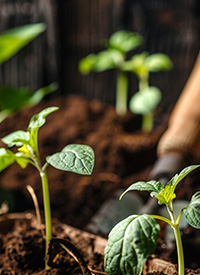
FREE Seed Starting & Planting Chart
Find the joy of cultivating your own garden, whether it's a few pots on a balcony or a dedicated backyard space.
What is needed to start seeds indoors?
To grow seeds indoors, you need seeds, seed-starting mix, containers, water, light, and heat.
Where can I order garden seeds?
Talk with local gardeners to find out what varieties grow best in your climate. Of course, by starting seeds indoors, you can experiment with different types of seeds.
What soil do I use to start seeds?
Purchase a high-quality seed starting mix. DO NOT use general potting mix. Seedlings are like babies, and need special nutrients in the soil to get up and going. Using the wrong mix can be fatal. You can lightly dress your seed starting soil with worm castings to introduce extra nutrients.
What containers do I need for starting seeds?
I recommend using a simple green house kit to start out. The top keeps the environment a little warmer for the seeds, but once the seedlings sprout, remove the top to get ventilation and air flow into the space. Seeds germinate best in controlled settings, and it is easier to control the soil temperature in a small container than a large one. Start small then transplant or “pot on” as the plants grow. I use peat pots which can be directly sown into the ground. If you can make origami, make paper pots. Reusing old yogurt or plastic containers is also an option!
How do I water seedlings?
If you don’t already have one, purchase spray bottles to delicately dampen the soil. When planting seeds, ensure the soil feels as damp as a wrung out sponge. This gives them a head start; then keep the soil damp—not wet—for the first 10 or so days until they germinate. Greenhouse seed starter kits mimic a greenhouse. They make it easier to keep the soil warm and moist.
After the seeds sprout, to avoid rot, allow the surface of the soil to dry out between waterings; the roots will burrow down in search of water.
What lighting do I need for starting seeds indoors?
While the seeds are germinating, they don’t need light. Once they have sprouted, however, they do need light, whether from a sunny windowsill for 16 to 18 hours a day or via a grow light. Make sure the grow light is full spectrum and close to the top of the seedlings (about 2 to 3 inches above). If the light source is too far from the seedlings, they will get leggy.

What are good beginner gardening books?
I hope this intro to seed starting gets you motivated and ready to take on this year's gardening! I'll be starting my seeds indoors around March as my last frost date falls in late May. This doesn’t mean I'm not getting ready though. Here are some great reads (I have thoroughly enjoyed them) for growing your own vegetable garden:

